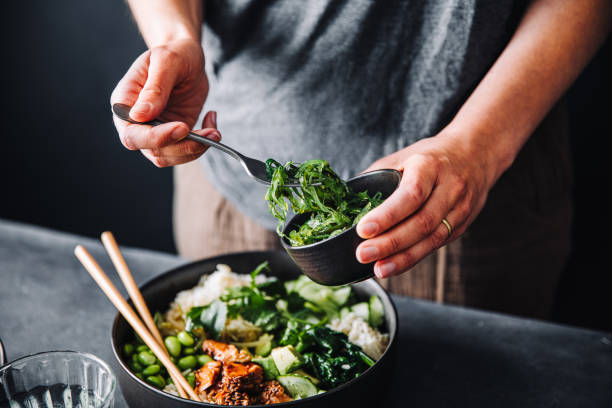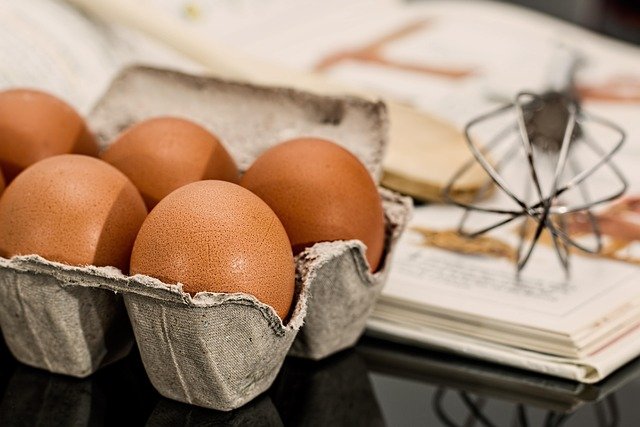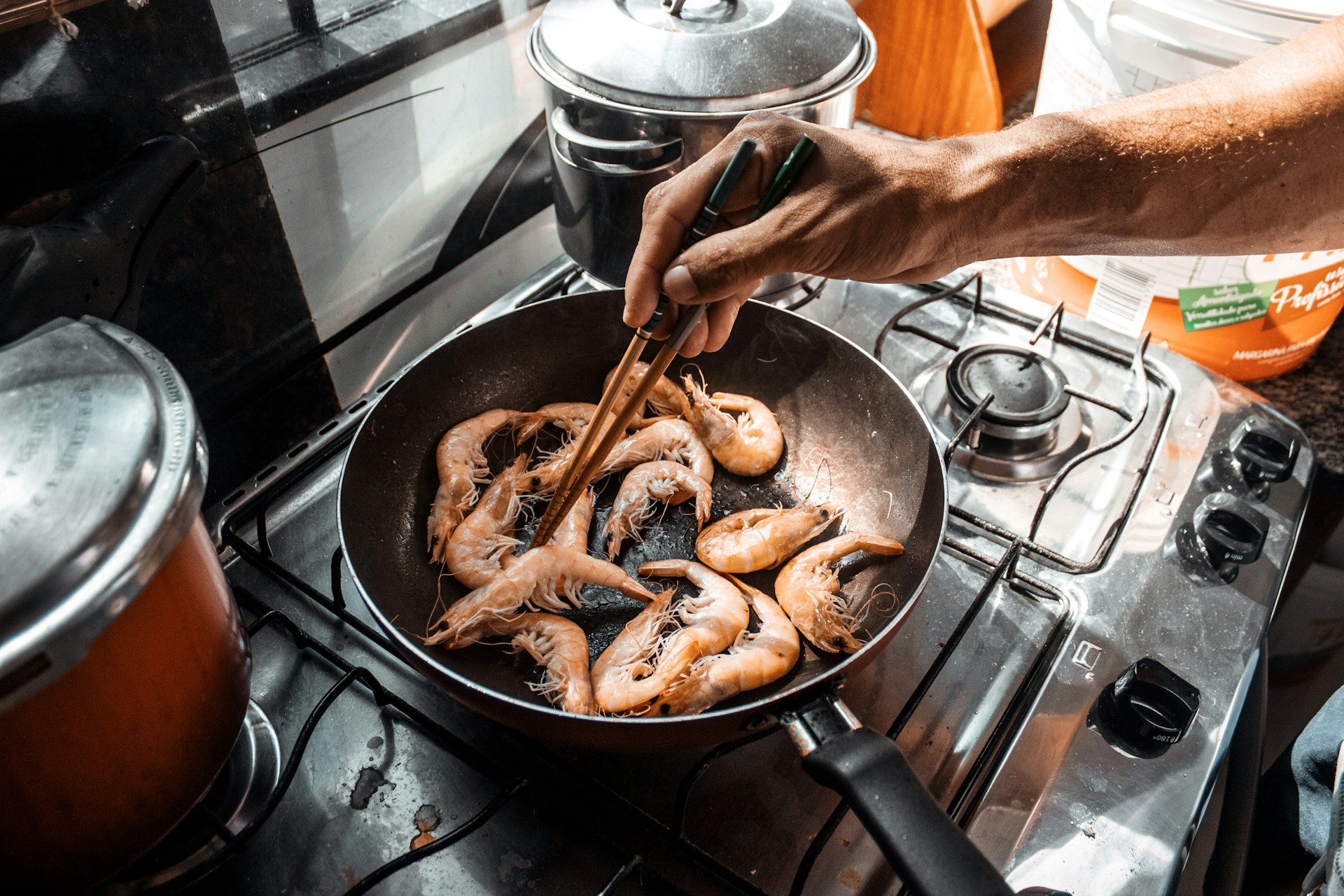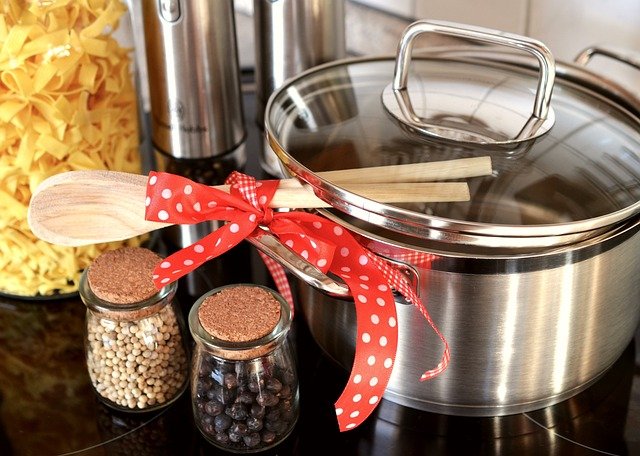Translate recipe weights to volume measures for precise cooking
Converting ingredient weights to kitchen volume measures makes recipes easier to follow, scale, and share. This article explains practical methods for translating grams and ounces into cups, tablespoons, and teaspoons, while considering ingredient density, portions, and nutrition implications. You’ll learn simple conversion strategies and common pitfalls to avoid for consistent results.

Converting between weight and volume is a practical skill that improves consistency in everyday cooking and baking. Recipes written in grams or ounces can be precise but not always convenient for home cooks who rely on cups and spoons. Understanding the relationship between weight and volume for different ingredients helps when scaling recipes for more servings, estimating calories and macros, and ensuring even results across batches. This article covers conversion basics, measurement tools, ingredient density, and how to track nutrition when you change formats.
How do I convert weight to volume for ingredients?
Converting weight to volume starts with knowing an ingredient’s density. For water-based liquids, 1 milliliter equals 1 gram, making conversions straightforward. For dry ingredients like flour, sugar, or chopped vegetables, densities vary: a cup of all-purpose flour weighs less than a cup of packed brown sugar. Use established conversion tables for common ingredients, measure by weight when accuracy matters, and remember that scooping or sifting changes the grams-per-cup result. When exact conversion isn’t available, weigh a typical cup of the ingredient you use and note the grams for future reference.
How to adjust servings and portions when scaling recipes?
Scaling recipes requires consistent conversion between weight and volume so portions remain accurate. If a recipe serves four and you need two servings, halve the weights and convert those numbers to volume as needed. Scaling by volume can introduce error if ingredient density changes with packing or chopping, so prefer scaling by weight first, then convert to cups or tablespoons for serving presentation. For multi-ingredient recipes, scale every ingredient proportionally to maintain balance of texture and flavor; keeping a conversion note for each ingredient helps when you prepare different portion sizes repeatedly.
How do conversions affect calories and macros?
Nutrition tracking depends on accurate weight data: food composition databases list calories and macros per gram or per common weight measurement, so converting volume to weight lets you calculate servings, calories, and macros more reliably. When you substitute volume measurements, small errors in density estimates can change calorie counts, especially for energy-dense ingredients like oils, nuts, and sweeteners. For meal planning, measure high-impact ingredients by weight where possible, then convert those weights into familiar volumes for cooking. This keeps portions consistent while preserving nutrition accuracy.
What measurement tools improve conversion accuracy?
A reliable digital kitchen scale is the single most useful tool for accurate conversions; scales eliminate guessing and variability in cup measures. Measuring spoons and nested cup sets are convenient but vary between brands—choose quality tools and test them with a scale. A graduated liquid measuring cup and a set of dry measuring cups reduce error when converting between wet and dry volumes. For recipe scaling and nutrition calculations, consider a conversion chart or app that lists grams per cup for common ingredients, and keep a simple notebook of your own measured values for repeat use.
How to handle ingredient density in conversions?
Ingredient density dictates how many grams fit in a milliliter or cup. Factors like particle size, moisture content, and compaction affect density: sifted flour is lighter than spooned-and-level flour, chopped herbs take up more volume than whole, and shredded cheese compresses differently in a cup. When converting, note whether the recipe assumes sifted, packed, or loosely filled measurements. If uncertain, weigh a sample volume from your kitchen to create a personalized conversion. Consistency in preparation method (sifted vs packed) is key to reproducible outcomes across portions and batches.
How to track nutrition when changing measurements?
Record the weight equivalents for the volume measures you use most often so you can translate portions into calories and macros consistently. For packaged ingredients, use the weight on the label combined with your volume-to-weight notes to calculate per-serving nutrition. For whole foods, rely on a kitchen scale to determine portion sizes for nutrition databases. This method reduces guesswork when estimating calories, protein, fat, and carbohydrates after conversion. This article is for informational purposes only and should not be considered medical advice. Please consult a qualified healthcare professional for personalized guidance and treatment.
Converting recipe weights to volume measures supports precise cooking, consistent portions, and more accurate nutrition tracking. Prioritize weighing ingredients when precision matters, create a small conversion reference for frequently used items, and use reliable tools to minimize variation. By accounting for density and preparation method, you can scale recipes for different servings and preserve the intended balance of ingredients and nutrition in your meals.




